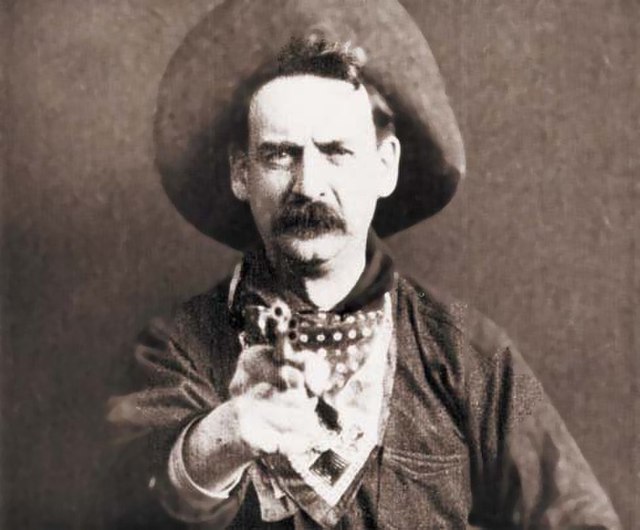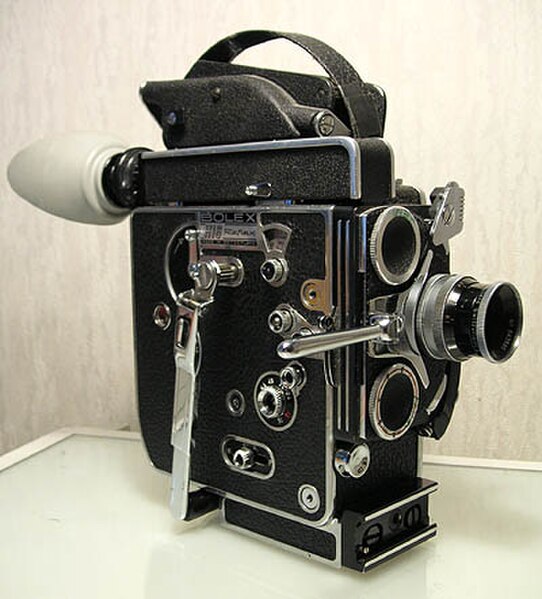Cinema of the United States
The cinema of the United States, consisting mainly of major film studios along with some independent films, has had a large effect on the global film industry since the early 20th century. The dominant style of American cinema is classical Hollywood cinema, which developed from 1910 to 1962 and is still typical of most films made there to this day. While Frenchmen Auguste and Louis Lumière are generally credited with the birth of modern cinema, American cinema soon came to be a dominant force in the emerging industry. With more than 600 English-language films released on average every year As of 2017, it produced the fourth-largest number of films of any national cinema, after India, Japan, and China. While the national cinemas of the United Kingdom, Canada, Australia, and New Zealand also produce films in the same language, they are not part of the Hollywood system. Because of this, Hollywood has also been considered a transnational cinema, and has produced multiple language versions of some titles, often in Spanish or French. Contemporary Hollywood often outsources production to the United Kingdom, Canada, Australia, and New Zealand. The major film studios of Hollywood are the primary source of the most commercially successful and most ticket-selling movies in the world.

The Hollywood Sign in the Hollywood Hills, often regarded as the symbol of the American film industry
Justus D. Barnes as outlaw leader Bronco Billy Anderson in The Great Train Robbery (1903), considered by some to be the first Western.
Harold Lloyd in the clock scene from Safety Last! (1923)
Laurel and Hardy with Lupe Vélez in Hollywood Party (1934)
A film – also called a movie, motion picture, moving picture, picture, photoplay or (slang) flick – is a work of visual art that simulates experiences and otherwise communicates ideas, stories, perceptions, feelings, beauty, or atmosphere through the use of moving images. These images are generally accompanied by sound and, more rarely, other sensory stimulations. The word "cinema", short for cinematography, is often used to refer to filmmaking and the film industry, and the art form that is the result of it.
An Anschütz electrotachyscope American Scientific, 16/11/1889, p. 303
A famous shot from Georges Méliès Le Voyage dans la Lune (A Trip to the Moon) (1902), an early narrative film and also an early science fiction film
Salah Zulfikar, one of the most popular actors in the golden age of Egyptian Cinema
This 16 mm spring-wound Bolex "H16" Reflex camera is a popular entry level camera used in film schools.








